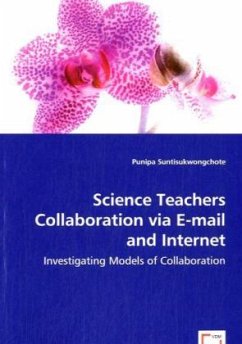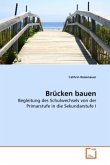Nowadays, e-mail and Internet allows people to communicate anytime, anywhere to anyplace. E-mail and Internet is an alternative to face-to-face communication as it allow for an accurate and permanent record, one that can be reflected on again and again. Consequently, the e-mail and Internet has the potential to encourage teacher?s collaboration. With e-mail and Internet, teachers can write as if they are talking directly with each other. Teacher can feel less isolated and seek advice from teachers on the same campus, other campuses and around the world. In Western Australia, an e-mail network for science curriculum leaders was established in both primary and secondary schools.
This book, therefore, presents the results of two studying: firstly, test collaborative working models in which high school science teachers who have direct and unrestricted access to the use of e-mail and Internet as tools for collaboration; secondly, a detailed science website analysis in term of the potential of these websites to foster collaboration.
The book is intended for a broad range of users from novices to those highly skilled in developing, continuing and starting their collaboration.
This book, therefore, presents the results of two studying: firstly, test collaborative working models in which high school science teachers who have direct and unrestricted access to the use of e-mail and Internet as tools for collaboration; secondly, a detailed science website analysis in term of the potential of these websites to foster collaboration.
The book is intended for a broad range of users from novices to those highly skilled in developing, continuing and starting their collaboration.








